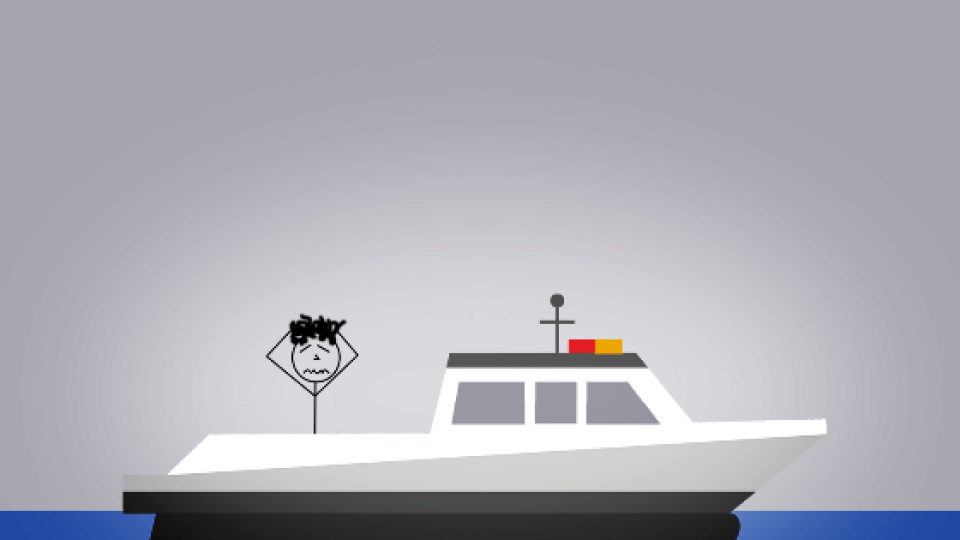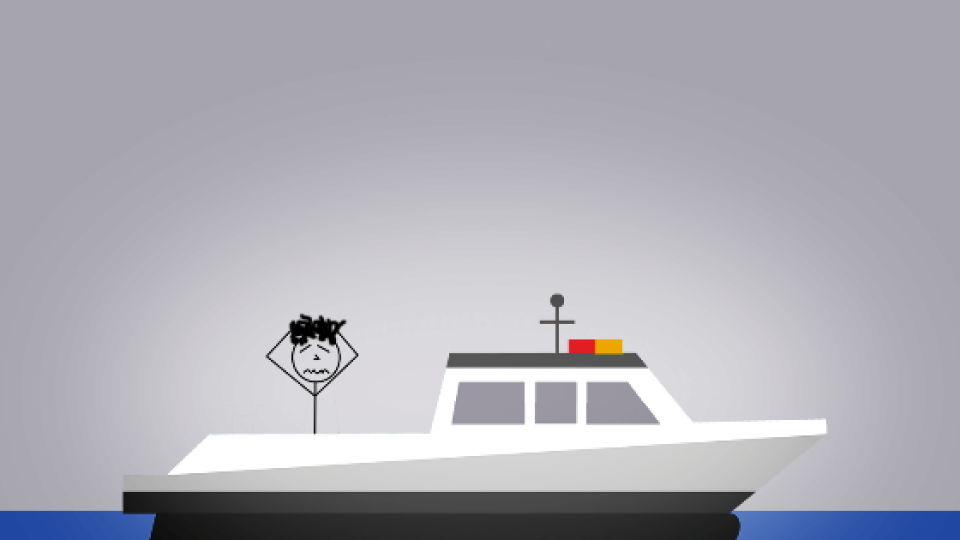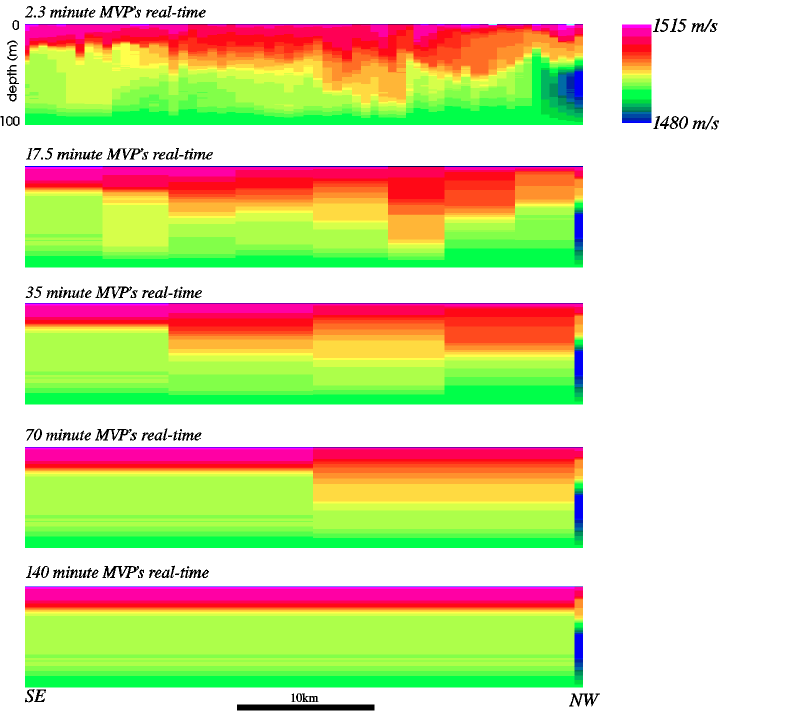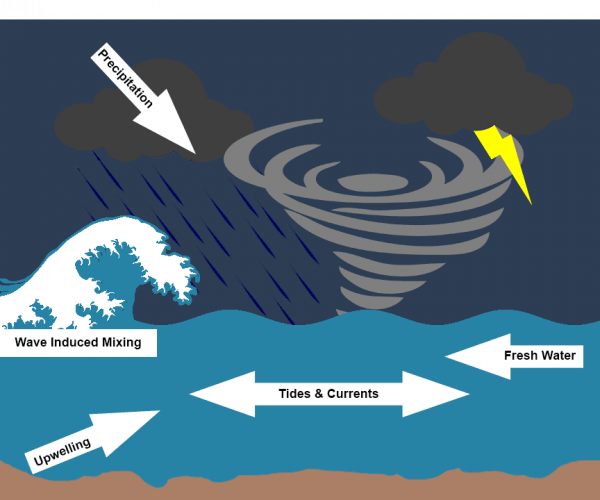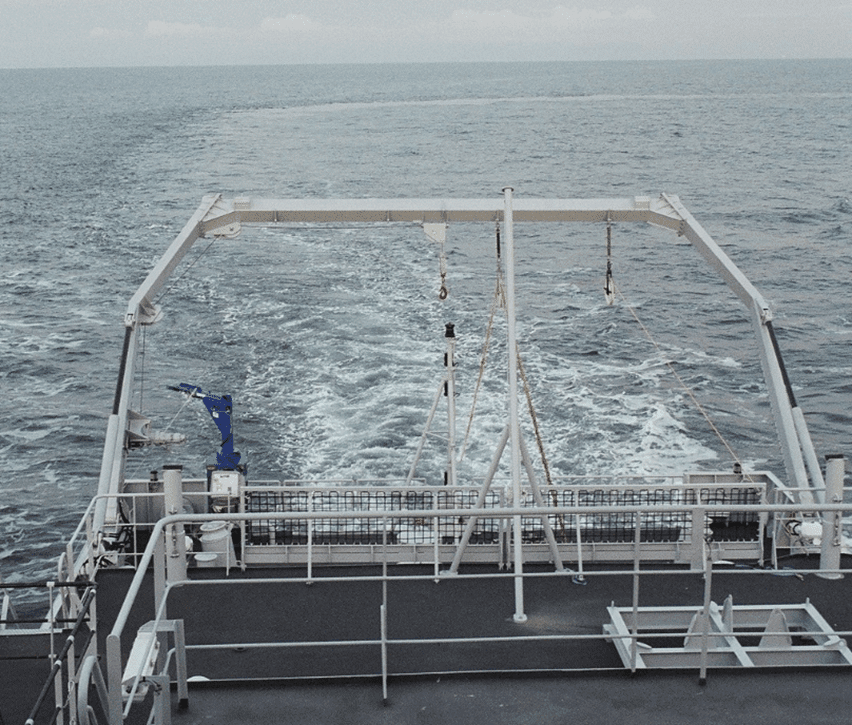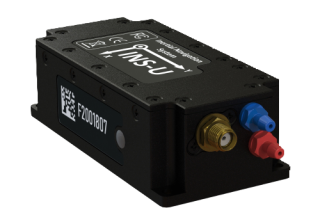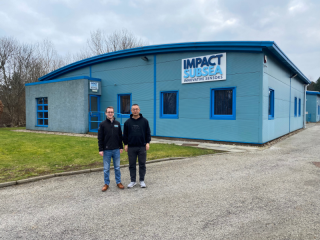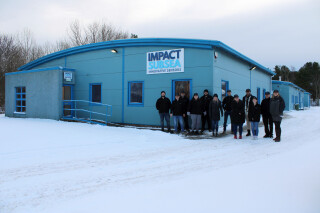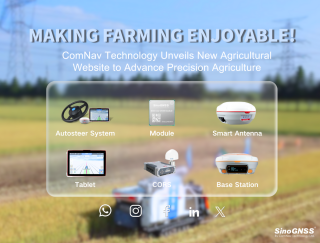
Six Scenarios Where a Moving Vessel Profiler (MVP) Saves the Day - Part 1 of 2
If you work in the hydrographic survey industry, there is a strong probability that you have found yourself in one of the following predicaments.
Scenario 1: The Money Pit Survey
It is day 1 of a nearshore survey project, for which the tender competition was fierce, forcing a bid with narrow profit margins. A few hours into the survey, you are already tearing your hair out, wondering how you are going to complete the survey to specification while staying within budget and on schedule. This is due to the oceanographic conditions being much more dynamic than expected (rapid sound speed variations), requiring the interval between static sound velocity profiles to be cut in half, thus significantly increasing overall survey time and cost.
Has your hair grown back yet? With a Moving Vessel Profiler (MVP), you are more likely to keep your hair and your shirt, because variations in oceanographic conditions can be logged, uploaded and implemented as frequently as required, without stopping your vessel once. MVP will continuously and automatically collect SV data, which is output in real-time, helping to ensure the highest data quality is delivered, within budget and on time.
Advantages of Multiple Sound Speed Observations
“Integration of near-continuous sound speed profile information”
Hughes Clarke, J., Mike Lamplugh, and Edouard Kammerer, Proceedings of the Canadian Hydrographic, Montreal, Quebec
Scenario 2: The Post-Storm Survey
A hurricane has ravaged a nearby coast, and your vessel has been assigned to survey the area prior to its reopening. Time is of the essence, as it is a major shipping route, and the local economy loses another $1 million each day the shipping lanes remain closed. The importance of the channel also requires that the survey be of the highest quality in accordance with IHO S-44 Special Order.
You begin the survey knowing that the odds are stacked against you, but the storm has wreaked more havoc than anyone could have imagined. Underwater environmental conditions are highly unstable and you need to stop frequently to take a new SV profile. You request a second survey vessel be brought in to avoid extending the duration of the shipping lane closure, but in the aftermath of the storm, all resources are already in use elsewhere.
Sources of sound speed variation
Natural disasters are beyond man’s control. Fortunately, equipping one’s boat with the right equipment is not! To reduce the economic impact of coastal storms, utilise an MVP on the vessel to complete IHO Special Order surveys in as little time as possible.
Scenario 3: The "It was working before it was recovered!" Survey
The vessel is collecting Multibeam data, whilst also towing in parallel a Sidescan and magnetometer during a pipeline/cable lay/route survey. As the water column conditions vary, there is yet another requirement to collect a sound speed profile. Having retrieved all towed equipment, stopped the vessel, performed the SV cast and verified its accuracy, you are now ready to resume the survey. You re-deploy all equipment and steam back to the survey line, only to discover that your Sidescan Sonar is no longer working.
Sound familiar? Many towed equipment failures occur during repeated deployment or recovery, resulting in operational downtime, and sometimes the need to return to port for repairs or replacement.
If only you didn't have to retrieve all towed equipment just to take a sound velocity profile! MVP (left, beside a Sidescan sonar and magnetometer) plays well with others.
When surveying with an MVP, deployment and recovery of all towed equipment is minimized as there is no need to halt operations to take static casts. This means less risk of damage to equipment, and less risk of injury to the crew conducting the mob/demob operation. The MVP has a small footprint so can safely work in tandem with other towed bodies.
High survey efficiency is maintained, as all towed equipment remains submerged and operational, and there is no need to turn the vessel around, or recover ground already surveyed to get back on the survey line.
Do you have questions about this article?
Get in touch with AML Oceanographic, and they would be happy to answer any questions you have about pricing, suitability, availability, specs, etc.

